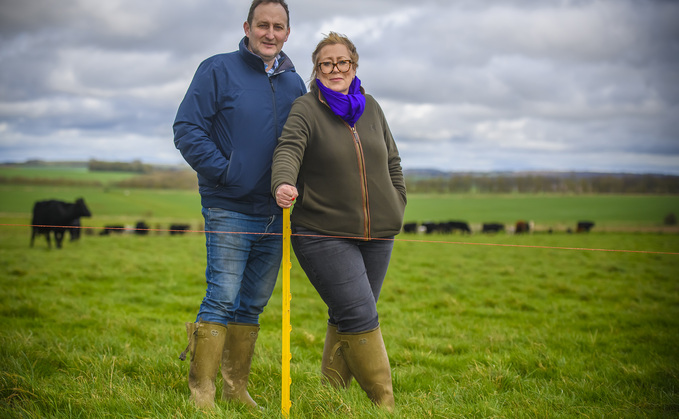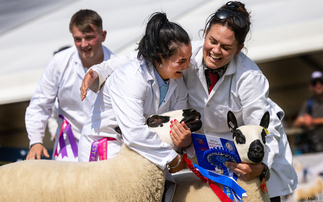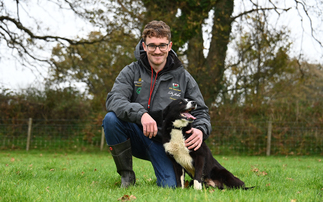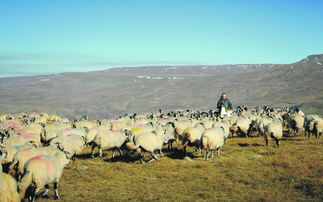
Image:
Dan and Catherine Mercer
Aiming to grow their 140-cow suckler herd by improving the grazing system and retaining more home-bred heifers, Dan and Catherine Mercer have transformed their beef business. The Mercers have been implementing...




.png)



